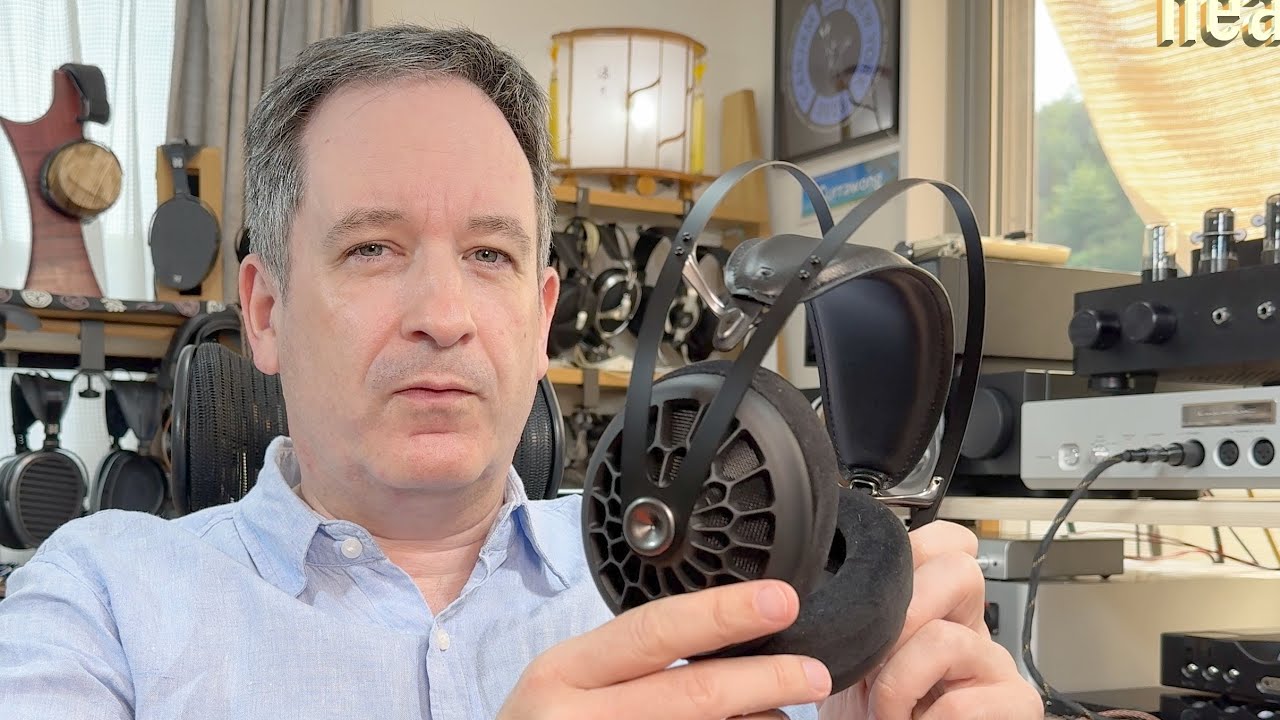Read First
How much power do your headphones need? Does your phone, DAP or amp have enough power to drive them well?
Below are two headphone calculators and two amplifier calculators, based on the spreadsheet from Apex HiFi.
Headphones
To use the headphone calculators, you’ll need to know the sensitivity of your headphones, either in dBSPL @ 1 milliWatt (more common) or dBSPL @ 1 Volt. Different manufacturers use different numbers. Sometimes they specify a number without stating which measurement they are using.
You’ll also need the headphone impedance in Ohms. Many people think that Ohms measure how hard headphones are to drive, but this is incorrect. Higher impedance headphones require a higher voltage, but low impedance headphones require more current – actual power. Driving a headphone well requires ample amounts of both.
The desired loudness is not the maximum volume you intend to listen at, but the peak volume that the device you plug your headphones into needs to output. Depending on the music you listen to, even if the average volume you listen at is, say, 80dB, it is possible peaks in the music may go up to 100dB, or louder (if the music has a very large dynamic range, such as some orchestral music).

Important!
Important! Listening at loud levels, even for shorter periods of time, can damage your hearing permanently. Click on the picture for more information about how long it is safe to listen at different levels. As well, many headphones have a treble peak 5-10dB louder than the other frequencies, doubling, to quadrupling the danger to your hearing. For every 6dB increase, the sound level doubles, so the danger comes fast!
Amplifiers
If a manufacturer only specifies the maximum voltage output, for example, you can use this calculator to work out the maximum output current available for your headphones, and vice-versa.
Note that the values calculated here, when used to find matching equipment, are only a rough guide. Manufacturer specified power outputs do not give a complete picture of how well a device performs. Some manufacturers’ figures are misleading, in that they may state an amp is Class A, but give the maximum output power when the amp has gone into Class AB and/or the distortion is a lot higher. This is why some headphone manufacturers suggest getting an amp with what seems like excessively high output power, as the amp is more likely to be still in Class A mode during peaks in the music.
Calculator
Input your values into one set of the green boxes. You can find this information by searching for “[Headphone model] specifications” in Google. Default values are for the Verum 1 (top) and Sennheiser HD650 (Massdrop HD6XX) bottom.
I’ve set the default Desired Loudness to 120dB, which, if used as a guide, should ensure plenty of headroom. Notice that the power requirements increase dramatically as this goes up (eg: 130dB), and plunge to almost nothing if you lower it (eg: to 100dB) .
The results will show in the boxes below the green ones. Unfortunately most manufacturers don’t specify all of output power (mW or W), volts (V) or milliamps (mA) for their amps.





